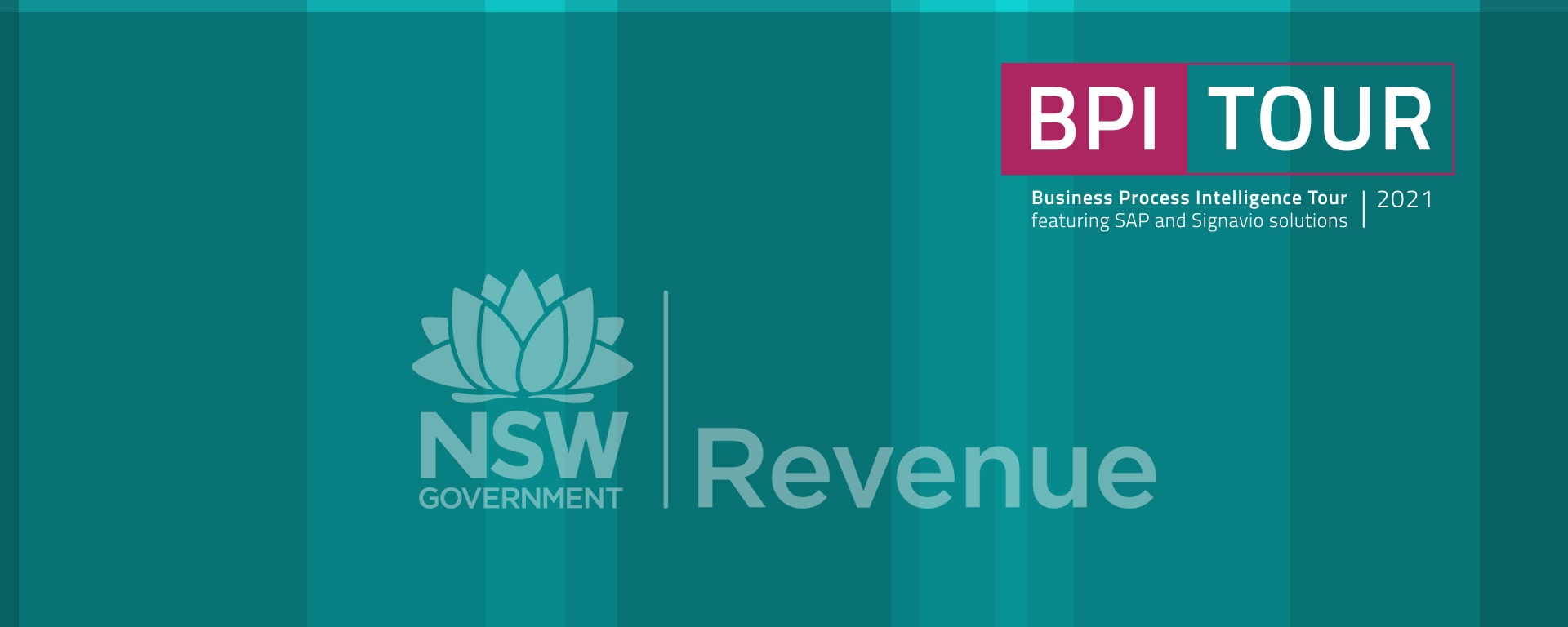Every organization knows that the world is in a seemingly constant state of flux. Even before the pandemic, the speed and volume of change were astonishing, and this has only increased over the past 18 months. Getting ahead of this curve is becoming a top priority for many enterprises. Agility is essential, as is understanding different facets of change. One approach, leveraged with great success by Revenue NSW, centered on how to use a Knowledge Warehouse to take control of change.
The importance of understanding
Revenue NSW is a government department in Australia, responsible for collecting taxes, fines, fees, duties, levies and royalties, as well as administering grants and recovering debts on behalf of the people of the state of New South Wales. Everything it does revolves around providing citizens with the best possible service and experience, so any transformation program needs to keep this front and center.
Any enterprise at the macro level has two modes – they run and change. Also referred to as operate and transform, this sounds simple, but it really isn’t. In particular, it’s hard to change things that one doesn’t fully understand. This means enterprises are a challenge, especially with so many legacy processes and systems in place.
There has been much research conducted recently as to the rates of failure in digital transformation. In short – most digital transformation programs fail. Mobin felt that the first step in any change is awareness - not just of what you are changing but also why and how.
The complexity of transformation
McKinsey research recently identified 80 practices involved in transformation, listing 21 of those as the ones that have a significant impact on success. Of these, Mobin highlighted three as most crucial as Revenue NSW were determining how to use a Knowledge Warehouse to take control of change.
Three key practices that impact transformation success:
- Implementation of digital tools to facilitate analysis of complex information
- Adaptation of business processes to enable rapid prototyping and testing with customers
- Implementation of digital tools to make information more accessible
All are vital, but the challenge for any enterprise is can a digital tool that facilitates analysis of complex information and makes information more accessible, force changes to become fast, good, and cost-effective?
How to use a Knowledge Warehouse to take control of change
Mobin stressed that a Product Knowledge Warehouse (PKW) is essential to managing the complexity. Revenue NSW is looking at a new metamodel around its processes containing four layers: environment, management, operations, and enablers. The organization can then model products, processes and services (and anything else important) enabling a far greater understanding of its current state.
When designing the PKW, Revenue NSW selected certain elements – including risk, availability of data, impact, and more – with a particular focus on the customer experience. For implementation, they created software that integrated their many data sources (including SAP) with SAP Signavio Process Manager dictionaries.
They designed dictionaries so that they supported the metamodel. Processes could then be modeled as prescribed by the metamodel and Revenue NSW modelling standard, and all the essential dots could be connected.
Reaping the benefits
Adopting this approach enabled Revenue NSW to pick up changes that are integrated with the dictionaries and ensure that all models reflect those changes. With views of the enterprise that didn’t exist before, decision-makers can now understand the state of the business at any given time, including hidden process interdependencies that impact the delivery of services.
With this tool in place, Revenue NSW can explain the behaviors within the enterprise by understanding complexities and the impact of internal or external changes. This understanding makes transformation possible and allows the organization to remain ahead of the change curve.
In a world that is changing so quickly – and is likely to accelerate more – this ability to understand and adapt to change is priceless.
To learn more about how Signavio can help you manage complexity and take control of change, visit the dedicated Signavio BPI Tour 2021 landing page today.

